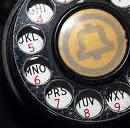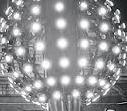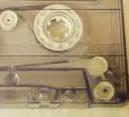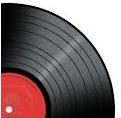We considered some kind of really fun prank for April Fool’s Day. Perhaps news that we were going to start printing our weekly issues on scrolls. Or a story about how our new website will offer an app to diffuse new car smell as you browse our Auto category. In the end, however, we decided against it; while we like to have some fun here and on Twitter and Facebook, we do take your ads very seriously.
There’s also the chance that people will take us at our word, too. It may sound far-fetched, but it has happened before. In 1957, England’s BBC ran a current affairs report that did exactly that. A three-minute segment showed a Swiss family collecting a bumper crop of pasta, and the report resulted in hundreds of calls to the network requesting tips on how to grow spaghetti in the home garden. Amused reps from the BBC reportedly suggested would-be gardeners give it a shot by placing a “sprig” of spaghetti in a can of tomato sauce. You can check out the original segment here, though it could be said that the folks in the video are impastas (Sorry. We couldn’t resist).
Noodle jokes aside, we hope it’s been a day full of fun and surprises for you. And don’t forget to download our New Car Smell app!









